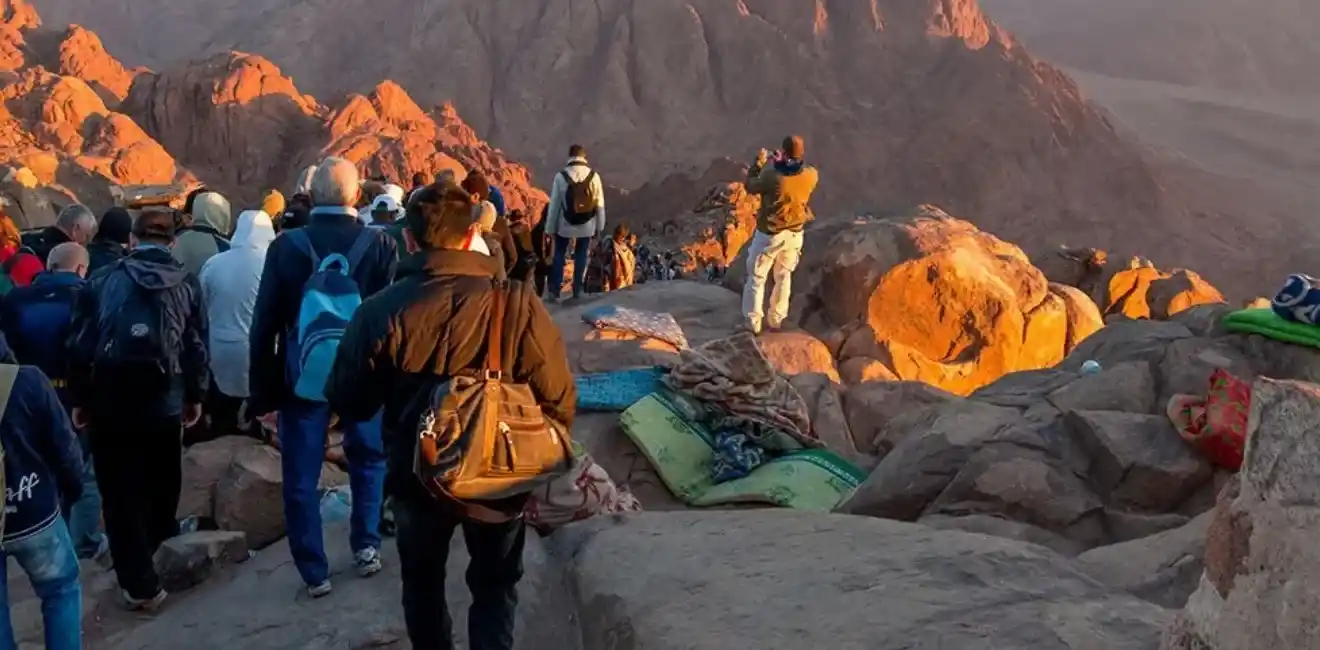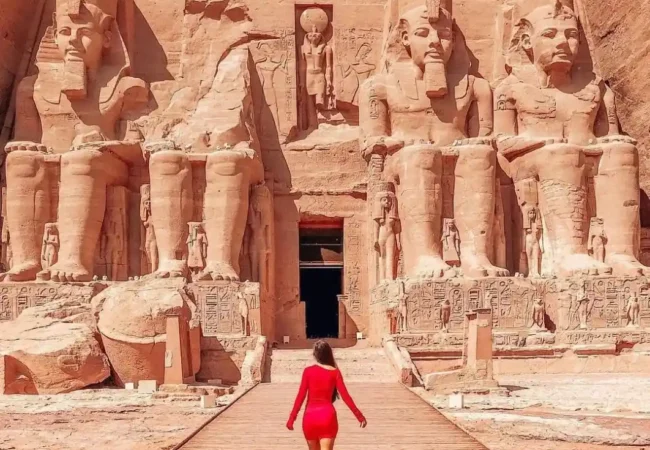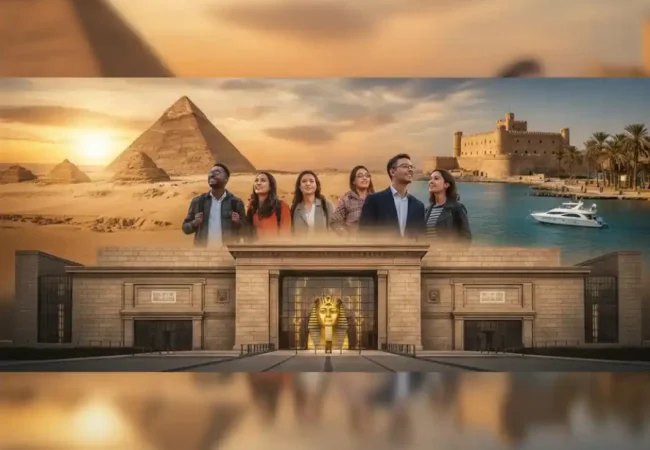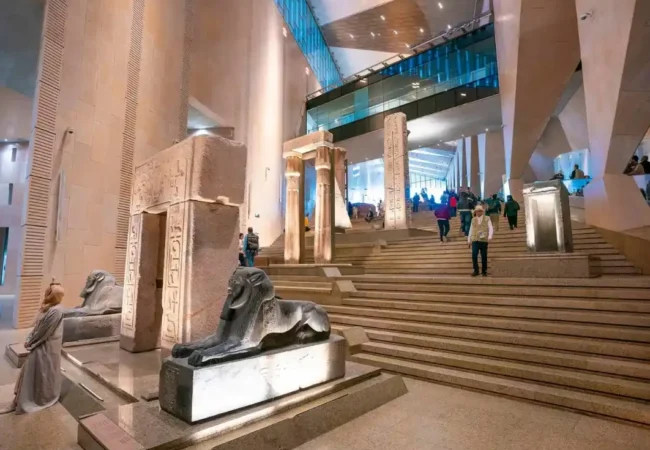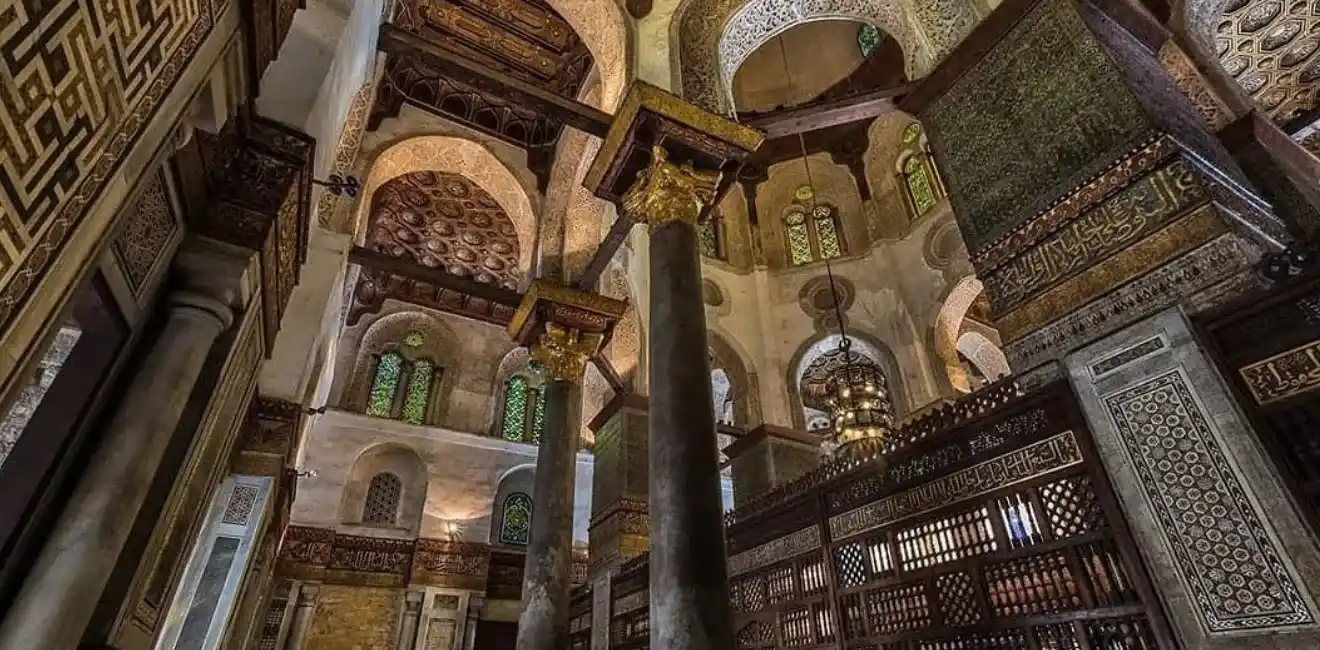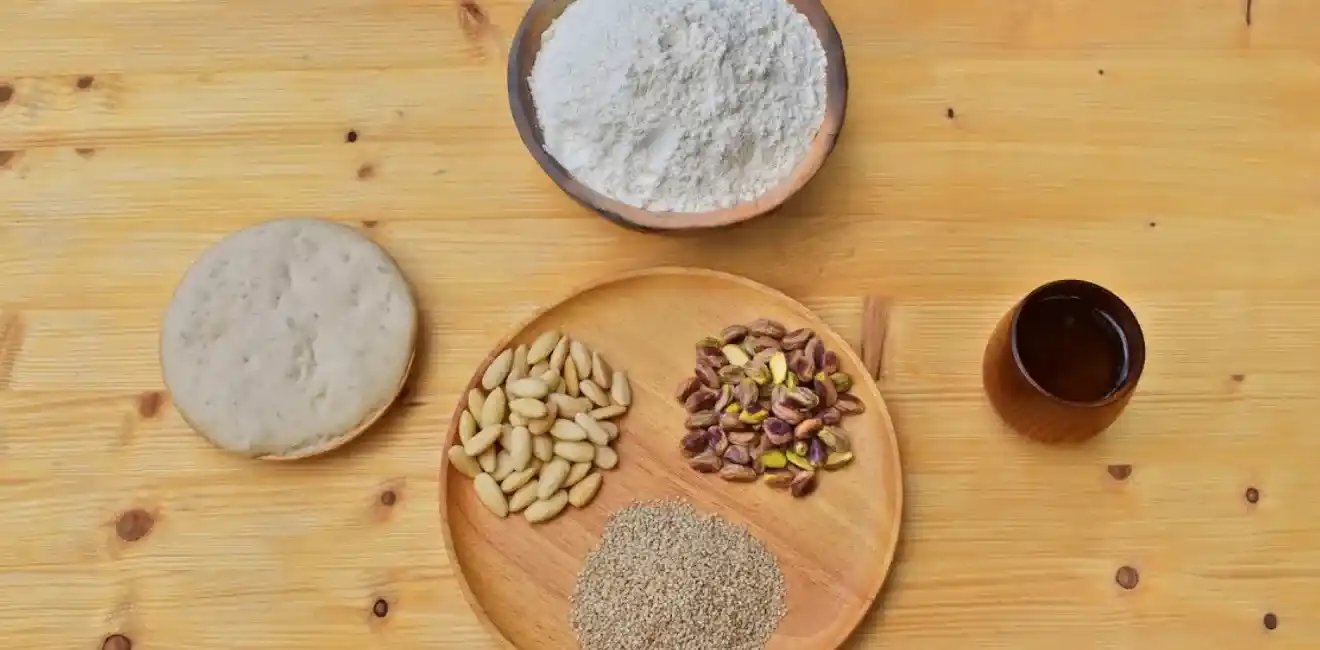
Daily Life in Ancient Egypt: Uncover the Magical Realities
The ancient Egyptians loved life as we were blessed with ideal conditions such as fertile lands and a beautiful climate. They considered their lives ideal, to the point that they believed their afterlife was a continuation of eternal life on earth. Daily life in ancient Egypt was focused on enjoying every moment of time and making it as memorable as possible. By observing the harmony and balance of the universe, they were encouraged to live in the same way in order to achieve peace and happiness with themselves and others.
- Social classes
- Families
- The role of women
- Home and shelter
- The role of the Nile River
- Food and drinks
- Entertainment
- Festivals
- Clothes and fashion
- Health
- Religion
- Technology
- Crime and punishment
The population of Egypt was divided into social classes in the form of social pyramids according to their profession and role in society. At the top of the pyramids were the king and queen, the god’s chosen people and their royal family who enjoyed an unimaginable amount of status, wealth, and luxury.
It is second only to the educated professional class such as doctors, accountants, priests and scribes who are believed to have been chosen by the God of wisdom and knowledge. Then comes the working class such as sailors, craftsmen and soldiers who played a major role in providing and protecting life in Egypt.
In the lower class were the servants and peasants who worked on the lands owned by the king, and they were the ones who produced the goods that helped the entire culture to flourish and were the labor force needed to build the pyramids and other monuments of Egypt. All jobs and positions in society have been passed from father to son.
Families During Daily Life in Ancient Egypt
The concept of family was very important during daily life in ancient Egypt. Most marriages in Egypt were arranged by parents; Girls are usually married at 12 years old and boys at 15 years old. Girls stay at home and learn from their mothers, while boys train in the trades of their fathers and uncles. Most marriages were polygamous, where the husband had several wives. One of the wives was considered the main wife and was superior to the others.
Divorce also existed in life in ancient Egypt, but it was extremely rare because Egyptians were committed to the sanctity of the family unit. An unmarried man was viewed as incomplete, and boys were advised to marry as soon as possible. The family structure is very simple as the wife is the mistress of the house who takes care of all the family members and the husband works outside the home to earn enough money to support his family.
The Role of Women In Daily Life in Ancient Egypt
In Daily life in ancient Egypt, women were often treated as equals to men as they were allowed to own property, conduct business transactions just like men, and even testify in court. Some women were able to rule Egypt, such as Cleopatra, Hatshepsut, and some others. Women had the ability to obtain high-ranking positions such as administrators, supervisors, and priestesses. But their main responsibility was to be a wife, a mother, and responsible for the home and children above all.
Home and Shelter in Daily Life in Ancient Egypt
Initially, the ancient Egyptians built their homes, temples, and tombs out of mud bricks, which are mud bricks made from sun-dried clay. This material was quick and cheap, and almost all types of mud brick crumbled and melted. The houses were full of ancient religious decorations, amulets and artifacts.
The houses were cool inside and had a flat roof, so people could sleep on top of them in the summer.
Most of the houses are divided into two floors, the first floor is designated for reception and the upper floor is designated for the residents’ private residence. Houses were built around courtyards, and all cooking was done outside in the courtyard. All the nobles’ houses were larger and included three areas, while the rest of the farmers lived in modest houses.
The Nile River’s Role In the Daily Life in Ancient Egypt
The Nile River represents the bloodstream and life force of Egypt. It was considered the main means of transporting goods, materials and people. The Nile served as a line of communication between Upper and Lower Egypt and provided very fertile land for the ancient Egyptians so that they could grow everything they needed such as wheat, barley and flowers such as papyrus which were made into paper, ropes and baskets. Other crops.
The Nile also played an important role as a religious entity due to the general view that it was a gift from gods such as “God Sobek,” who is credited with creating the Nile. You can cruise the Nile River on board Egypt Nile Cruises to see the most famous landmarks in Egypt.
Food and Drinks in Daily Life in Ancient Egypt
Finding food and water in life in ancient Egypt was not that difficult because the soil was very fertile, the Nile was full of feeding water and that is why many crops such as wheat and barley were easily found. Bread was considered a source of carbohydrates and was seasoned with honey, herbs, fruits and sesame seeds.
Their diet was mainly vegetarian as they lived on a mixture of wheat and vegetables, and fish served as the main source of protein as meat was expensive, difficult to obtain and could only be found in the home of the elite and wealthy. . Many animals were ritually slaughtered and it was very difficult to keep the meat fresh in the Egyptian climate. Beer was also the main drink of life in ancient Egypt, and was consumed at every meal. Wine was also found on the tables of wealthy nobles.
Entertainment of Daily Life in Ancient Egypt
The ancient Egyptians tried to live their lives to the fullest as they engaged in everything from hunting crocodiles and hippopotamuses, playing board games like Senet and Hound & Jackals, and even made animal toys for children.
There were also a lot of sports that included athletics in the early versions of teams such as swimming, floor hockey, handball, wrestling, rowing, archery, gymnastics and many water sports such as water fencing which was a form of naval combat played in small groups.
Boats on the Nile River. The nobles and the wealthy held lavish parties filled with the finest food and drinks. Music and dance were also very popular in ancient Egyptian culture and were considered art forms.
Festivals in Ancient Egypt
All festivals in ancient Egyptian life had a unique feeling depending on the nature of the events. Most of the holidays in the daily life in ancient Egypt were of a religious nature, as all Egyptians celebrated the birthday of the god. Religious holidays were held in conjunction with the lunar calendar in temples, such as the Valley Festival in Luxor in honor of the god Amun, the Feast of Hathor at Dendera, the Feast of the Goddess Isis in Busiris, and the celebration of Bastet in Posastis.
There were also other types of festivals such as individual birthdays, anniversaries of the king’s great deeds, funerals, and home dressing events.
There were also other festivals of a unique religious nature, such as “Webet Rnabat,” which marked the beginning of the year in July when the annual Nile flood occurred, the “Sea Festival,” which was held in the third era of the pharaoh’s rule to celebrate his kingship, and the “Khoeik Festival,” which honored the death of Osiris. And revive it.
The Egyptians indulged in all kinds of entertainment at these festivals, although indulgence was not appropriate at every gathering. You can also read more about festivals and official holidays in Egypt these days.
Daily Clothing and Fashion in Daily Life in Ancient Egypt
The ancient Egyptians wore clothing made of linen, a light, cool fabric woven from cotton. Both men and women wore the same material in the form of linen skirts. Most women wear dresses with regular sleeves. Servants and lower-class women are often shown wearing a kilt while royal women and nobles are shown wearing tight dresses from the shoulder to the ankles and nobles are shown wearing skirts and blouses.
All young children in ancient Egypt did not wear clothes until the age of ten. All social classes went barefoot in imitation of gods who did not need shoes. But when someone is on a long trip or in a place where their feet might hurt or hurt, they wear sandals. The lower class wore cheap sandals made of woven slippers while the nobles and wealthy people wore wide sandals made of leather or painted wood. Men, women and children wore cosmetics such as kohl, which was considered the most famous type of makeup, which helped protect the ancient Egyptians from the sun.
Ancient Egyptians as the lower class wore jewelry such as rings, pierced ears, necklaces, and amulets while the upper and wealthier class wore jewelry made of gold, silver, and electrum for both fashion and religious purposes.
Health Life in Daily Life in Ancient Egypt
The ancient Egyptian medical condition was strongly influenced by the religious atmosphere. They used a combination of scientific techniques such as observation and diagnosis as well as magical rituals such as spells and magic. All Egyptian doctors began their training as scribes, where they needed to read medical texts to know the correct treatments.
Most diseases are believed to be caused by the gods as a form of punishment for committing a certain sin, which is why they believe a supernatural presence is responsible. In order to do their work, they had to read and study a lot of religious literature related to surgery, stabilizing bone fractures, dentistry, and treating various diseases.
The ancient Egyptians acquired a great deal of knowledge in the field of anatomy due to the practice of removing human organs and understanding the pain and treatments of the human body. They were so concerned with their dental hygiene that they developed toothpaste made from eggshells, bull hooves and ash, toothbrushes to keep their teeth healthy and clean of sand and grit, and they also invented mint to cover bad morning odor. They were also very civilized and paid more attention to their cleanliness, cleaning themselves in the river or in the bathroom at home every day. They had no soap but instead used a cleansing cream made of oil, lemon, and perfume.
Religion Life in Daily Life in Ancient Egypt
Ancient Egyptian mythology had thousands of gods over the centuries. Their religion was polytheistic, as each city and village had its own god or goddess. Each god or religion had its own temple, rituals, ceremonies, and other practices that had a strong influence on their lives. They believed in life after death, where the body was preserved in a vibrant form through the mummification process.
They mixed magic with science and believed that only the gods had the power to create or destroy. They had many myths that explained the path to the world and beyond, such as the creation of the universe and the afterlife. Most of our information comes from the Book of the Dead as it was written throughout Egyptian history and contains texts, hymns, formulas, incantations and magic words to help the dead safely reach the underworld to be judged and to explain the origin of the gods.
Technology in Daily Life in Ancient Egypt
The ancient Egyptians were natural explorers and inventors. They made the oldest inventions that we still use today. They were the first to create a system of writing in the form of hieroglyphs that depicted a story, and they used them to keep meticulous records of their lives, discoveries, and religious beliefs. They also developed a sheet of paper called papyrus, which they made themselves, and the black ink they used for writing and drawing, which came in different colors.
The ancient Egyptians used astronomy to develop the lunar calendar based on the cycles of the moon and the star Sirius, which we still use to keep track of days today.
They were the first to divide days into equal parts: 12 months, 356 days, and 24 hours, through time measuring devices such as obelisks, shadow clocks, water clocks, and sundials. The position of the sun determined the passage of days, and the passage of night was determined by the rising and falling of the stars. Their observation of the sun, the night sky, and the stars influenced their religion and way of daily life in ancient Egypt.
The ancient Egyptians had a talent for geometry and mathematics, which they used to accurately construct pyramids, temples, and other buildings, as well as for record-keeping and commercial transactions. They also devise the ox-drawn plow and an irrigation system using hydraulic engineering principles in order to improve their agriculture. They also developed better ships through their knowledge of aerodynamics.
Crime and Punishment in Daily Life in Ancient Egypt
Ancient Egyptian society was a law-abiding society; Egyptian law was swift for anyone who chose to break it. Monitoring justice and governance was the responsibility of the vizier, who was the king’s right-hand man and his second in command. The local court or “kenbet” was made up of community leaders who would hear cases and decide who was guilty and who was innocent.
The court could even be held in the market or on the street, and there was also an administrative building called the court hall located in every city. In the New Kingdom, there were no lawyers or appeals, and the priests of Amun were the ones who decided the ruling, as the people trusted them to listen fairly and issue the correct ruling. Minor crimes were fined but major crimes such as rape, assault, murder, or tomb robbing were punishable by mutilation, imprisonment, forced labor, or even death in some cases.
All the convicted criminals were used in manual labor in Karnak and were detained in the Great Prison in Thebes. It was also known that the guilty would face a much worse fate in the afterlife.
Enjoy an unforgettable trip to the wonders of ancient Egypt
After reading this article, you can know how the ancient Egyptian was very civilized and ahead of his time. They have been improving their daily lives and looking for ways to improve them for thousands of years. So you can discover more about the ancient Egyptians during your trip to Egypt, by checking out our amazing Egypt tour packages and Nile River cruises.


